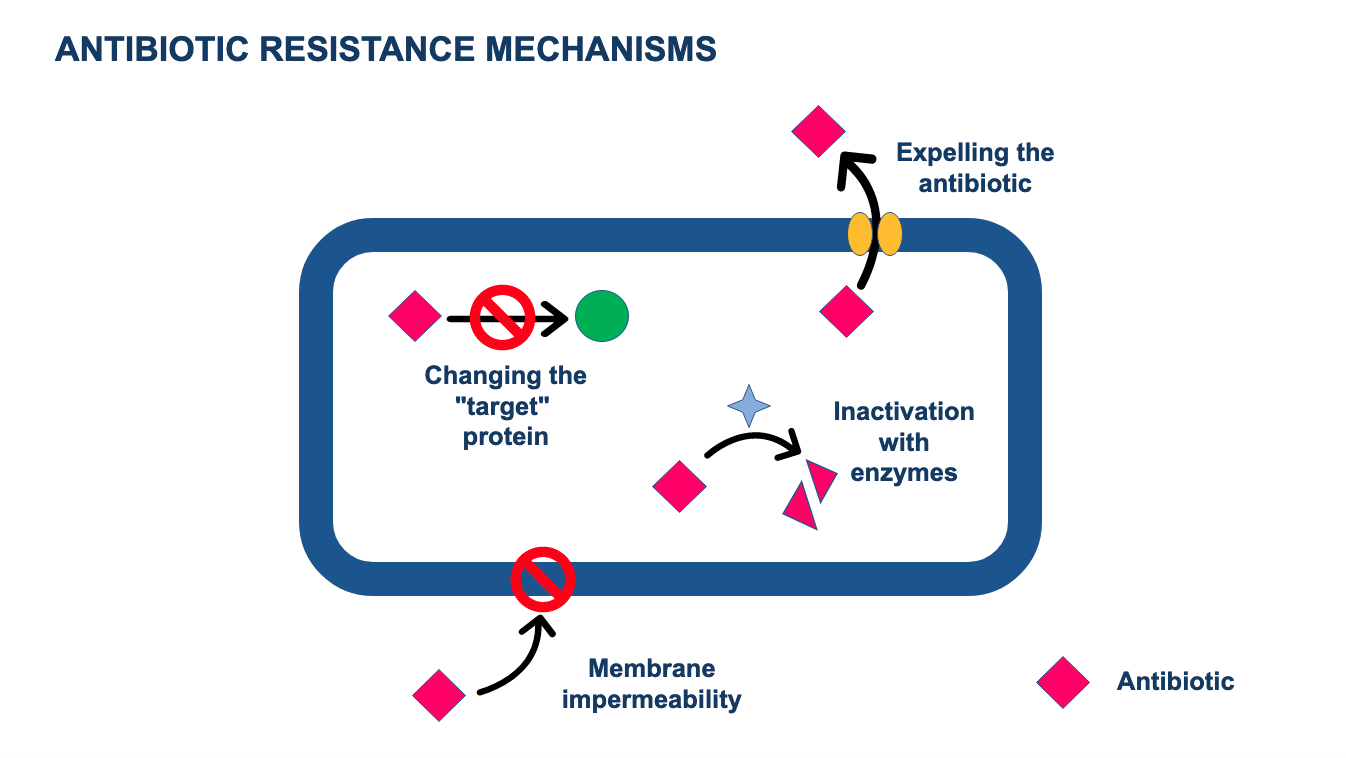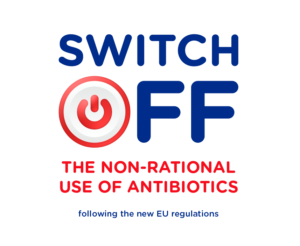Why does the problem develop?
Today, antibiotics are used excessively and irrationally, which facilitates the appearance of bacterial resistance. Resistance to antibiotics is an international threat to both human and animal health.
The World Health Organization (WHO) sees antibiotic resistance as a problem with global significance
The main causes of this misuse are:
● Patients that do not comply with the prescribed dosage.
● Lack of diagnosis and antibiotic sensitivity testing in humans and animals.
● Prolonged use in recurrent infections.
● Not respecting withdrawal periods in animals for meat.
● Use in animals to promote growth.
● Prophylactic use.
Ongoing exposure to antibiotics at sub-inhibitory concentrations creates natural selection pressure. This is causing bacteria to adapt and respond defensively, escaping their mechanisms of action.
Bacteria undergo mutations that allow them to escape the effect of antibiotics
How do bacteria survive?
Bacteria acquire resistance to antibiotics through several mechanisms:
● Expelling the antibiotics that enter the cell.
● Changing the proteins that are the antibiotic’s “target”.
● Destroying or inactivating the antibiotic with enzymes.
● Changing the membrane: impermeability, receptor mutation…

Appearance of resistant strains
The requirement for developing a resistant colony is a single surviving bacteria that multiplies, transmitting the genes (chromosomal material) that give its descendants immunity.
There may also be plasmid (extrachromosomal material) transfer between bacteria of different species.
“Antibiotic resistance leads to higher medical costs, prolonged hospital stays, and increased mortality” – WHO
This leads to the emergence of strains with acquired resistance, which can lead to therapeutic failure, with serious consequences.
What can we conclude?
As we have seen, the origin of resistances is constant contact between bacteria and antibiotics.
Therefore, the main objective for combating this problem is to reduce antibiotic use. A key measurement is administration of vaccines, for appropriate prophylaxis and to reduce the incidence of disease.






